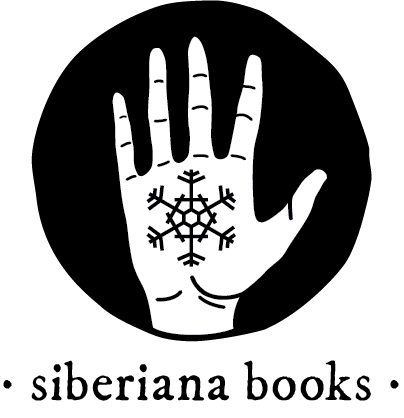Warm memories from Montefiascone
 Now when the autumn is getting into it’s dark zenith, at least here in the North, it’s good to remember the summer and an enriching workshop of historical bindings and document conservation that took place in Seminary of Barbarigo in Montefiascone town, in sunny Italy during 7-11th of August. It was a third week of Study programme 2017 organised by The Montefiascone Conservation Project. I was able to participate there thank’s to the educational grant provided by Lithuanian Council for Culture.
Now when the autumn is getting into it’s dark zenith, at least here in the North, it’s good to remember the summer and an enriching workshop of historical bindings and document conservation that took place in Seminary of Barbarigo in Montefiascone town, in sunny Italy during 7-11th of August. It was a third week of Study programme 2017 organised by The Montefiascone Conservation Project. I was able to participate there thank’s to the educational grant provided by Lithuanian Council for Culture.
Main hall of Seminario Barbarigo in Montefiascone
The workshop The Secret Ledger and Memorial Book of Pepo degli Albizzi: An Early 14th Century Italian Ledger Binding was guided by an experienced document conservator from New York, Library of Academy of Medicine, Scott W. Devine. During the course we had a good oportunity to observe the meticulous study not only of the structure of original book that Scott made before the workshop, but also a deep knowledge of the content and the history of this particular sample of ledger book.
The manuscript was written in 14th century by Florence merchant Pepo degli Albizzi, a representative of Albizzi family who’s influence in Florence at that time is comparable with their later competitors Medici. Pepo degli Albizzi received a blank notebook bound in bright pink leather as a present for his wedding. This let us presume how the book itself was considered as an expensive object during those days. The interesting thing is that he used this book not only for his business notes (lists of debts), but also as a personal diary where he put the list of important family events.

As long as the book includes dyed alum tawed leather, we also had a very nice introduction made by Cheryl Porter, a document conservator and a soul of the whole Montefiasconce Conservation Project, about history of alum tawed leather manufacture and it’s use. She also introduced us red pigments historically used as leather dyes.
The main part of the course was dedicated to the reconstruction of Albizzi’s manuscript and making a cutaway model of the original book. According to the detailed instructions of Scott, we started by dying the leather with the mix of two types of dyes made of brazilwood and lac.


Often we are mislead by the shady and washed-out colours of antique objects. So at the beginning it was quite shocking to recognise the the old manuscript was so brightly pink.

When it was dry, another alum tawed leather was pasted on top with a sheet of handmade paper between them. According to Scott, the presence of the paper in Albizzi’s manuscript together with the structure of the book (the limp binding) once again shows a big Arabic world influence in the Mediterranean region.


The book block consisting of six sections was sewn on three dyed leather tongs and put into vellum wrapper. Particularly this structure of the book shows how well protected this type of books was: Albizzi’s manuscript seems to survive until our days without any later intervention.


Pasted and trimmed leather was decorated by two-color stitch.



Moreover, the presence of the overband tackets also made the binding extremely firm and resistible. Dyed leather strips of overband tackets are fixed with undyed alum tawed leather laces that also works as a decoration. That is also so typical for ledger books, known as archival bindings.

Even the headbands also have their own tackets, fixing them to the book cover and giving the right shape of the block.


Finally, overband tackets’ stripes were fixed by a typical “Albizzi” tacket:

At the end of the workshop we were allowed to see some samples of ledger books found in the archive of Seminary of Barbarigo. We could see repeating main structural elements of the ledger books, that where common from 10th until 19th centuries.


The same messy way to fix the knots of the overband tackets:


The same way to wave the alum-tawed lace on the overband takcets:


And the same way to fix the headband with it’s own tackets:



To sum up, I think that the information provided in this workshop was not only useful for those who do research on ledger or Italian bindings, but also as a very good example of a detailed investigation what is used to be called as an “archeology of bindings”, where the the shape and the structure of the book complements the content of the book and vice versa.
Coming back home to Vilnius, after the workshop, a glass of wonderful Est! Est!! Est!!! helped me to digest a bunch of impressions and information received during the workshop.



